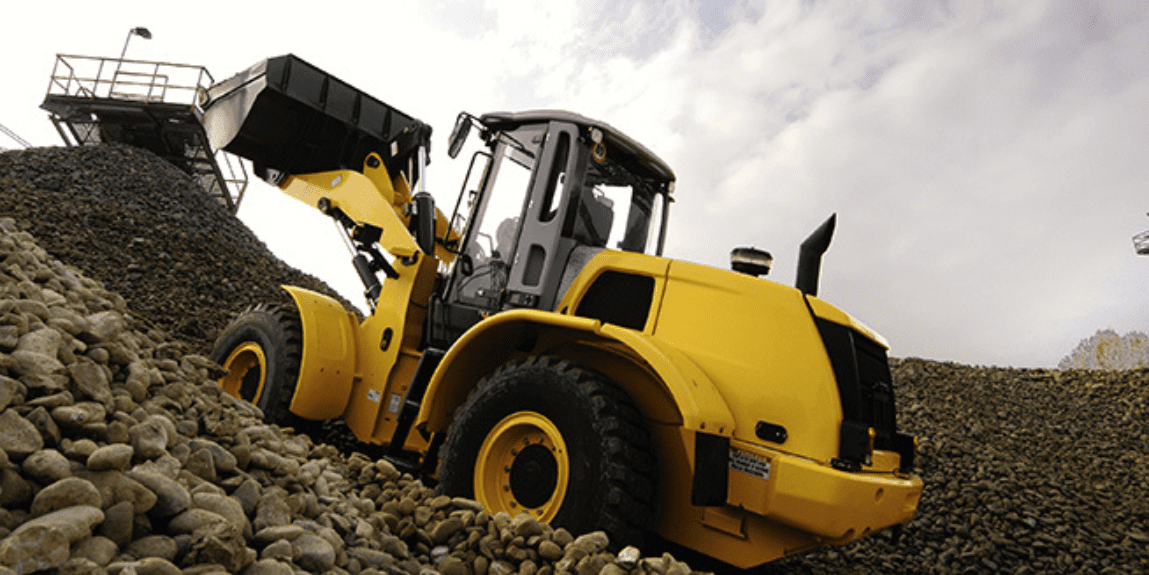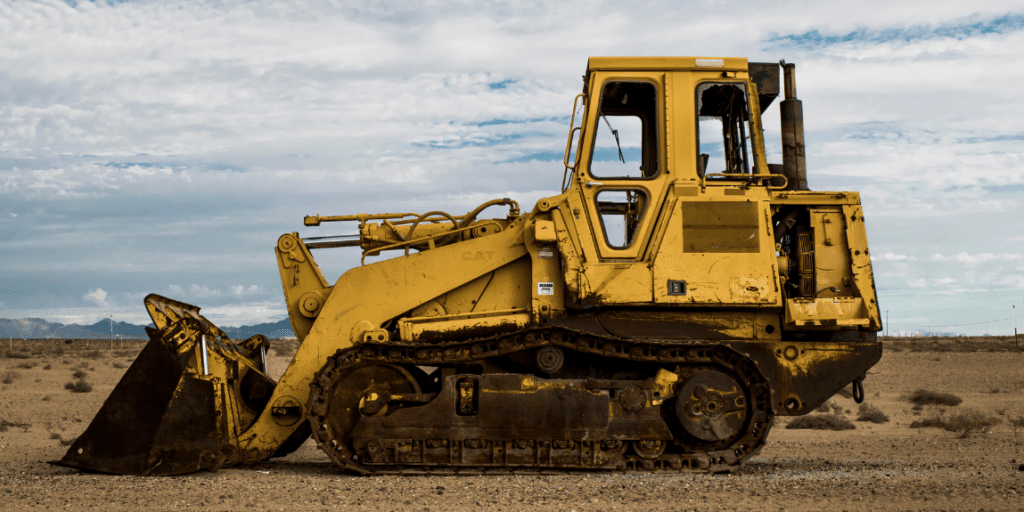

Effective equipment utilization is crucial for maximizing productivity and efficiency in various industries. Businesses can reduce downtime, streamline operations, lower operational costs, and improve overall output by ensuring that machinery and tools are used to their full potential. Proper utilization also extends the lifespan of equipment, minimizing the need for frequent repairs or replacements.
Additionally, optimized equipment use contributes to workplace safety, encouraging regular maintenance and adherence to operational guidelines. All in all, harnessing the full capabilities of your equipment translates to significant operational benefits and cost savings.
Equipment utilization refers to the process of making the most effective use of a piece of equipment, machinery, and tools within an operation. It involves monitoring and managing equipment performance to ensure it operates at its highest capacity without downtime or inefficiency.

This concept includes tracking how often equipment is used, the duration of its usage, and the level of productivity it achieves, with the goal of optimizing performance and extending the equipment’s operational lifespan.
Implementing an equipment utilization report in construction projects offers numerous advantages across various facets of operations. Some of the key benefits include:

Telematics technology is crucial in tracking equipment utilization by collecting and transmitting real-time data on machinery performance and usage. This asset tracking enables operators to remotely monitor various metrics such as operating hours, location, fuel consumption, and maintenance needs.
This data helps identify an underused or overworked piece of equipment, optimize scheduling, and plan preventive maintenance more effectively. By leveraging telematics, businesses can improve operational efficiency, reduce downtime, and extend the lifespan of their equipment.

To understand your equipment utilization, it’s important to measure the following metrics:
Improving equipment utilization across a business can yield several substantial benefits. Firstly, it significantly enhances operational efficiency by ensuring that machinery is always performing at its peak, thus reducing idle time and minimizing downtime. This optimization leads to lower operational costs as equipment is used more effectively, and businesses can avoid unnecessary expenses on repairs and replacements.
Moreover, better utilization contributes to longer equipment lifespan through consistent, optimal use and timely maintenance, resulting in reduced capital expenditure over time. Additionally, improved equipment utilization ensures better resource allocation, enabling more precise forecasting of equipment needs and inventory levels.
Ultimately, this leads to an increase in productivity and profitability, as well as a safer working environment due to well-maintained equipment.
Trackunit Manager is a powerful tool designed to optimize equipment utilization by offering comprehensive insights and control over your fleet.
The platform provides real-time data on equipment operations, including operating hours, location, and maintenance needs. This data empowers businesses to identify underutilized machinery, plan preventive maintenance effectively, and reduce unproductive idle time.
Additionally, Trackunit Manager aids in forecasting equipment needs and enhances decision-making regarding resource allocation. By leveraging these insights, companies can boost their operational efficiency, cut down on costs, and extend the lifespan of their equipment, leading to increased productivity and profitability.
To learn more about our hardware and software solutions and how we can help you, contact our team for a demo.
Measuring equipment utilization involves tracking several key metrics to determine how effectively your machinery is being used. Start by recording the operating hours, which is the total time the equipment is actively in use. Compare this to the total available time, which is the period the equipment could potentially be used.
The utilization rate is then calculated by dividing the operating hours by the available time and multiplying by 100 to get a percentage. Additionally, monitor idle time, cycles completed, and fuel consumption to gain more insights into usage patterns and efficiency. Together, these metrics provide a comprehensive view of equipment utilization.
Equipment utilization is crucial because it directly impacts the efficiency and productivity of operations. High utilization ensures that machinery is used to its fullest potential, reducing idle time and operational costs.
It also extends the lifespan of equipment through optimal use and timely maintenance, ultimately leading to cost savings. Additionally, proper utilization enhances project planning and resource allocation, contributing to better overall management and profitability.
An example of equipment utilization is tracking the operating hours of a construction excavator. Suppose the excavator is available for use 10 hours a day. If the machine operates for 8 out of those 10 hours, its utilization rate is 80%. By monitoring this data, the construction company can identify peak usage periods, schedule maintenance more effectively, and ensure the excavator is used efficiently across different projects.

